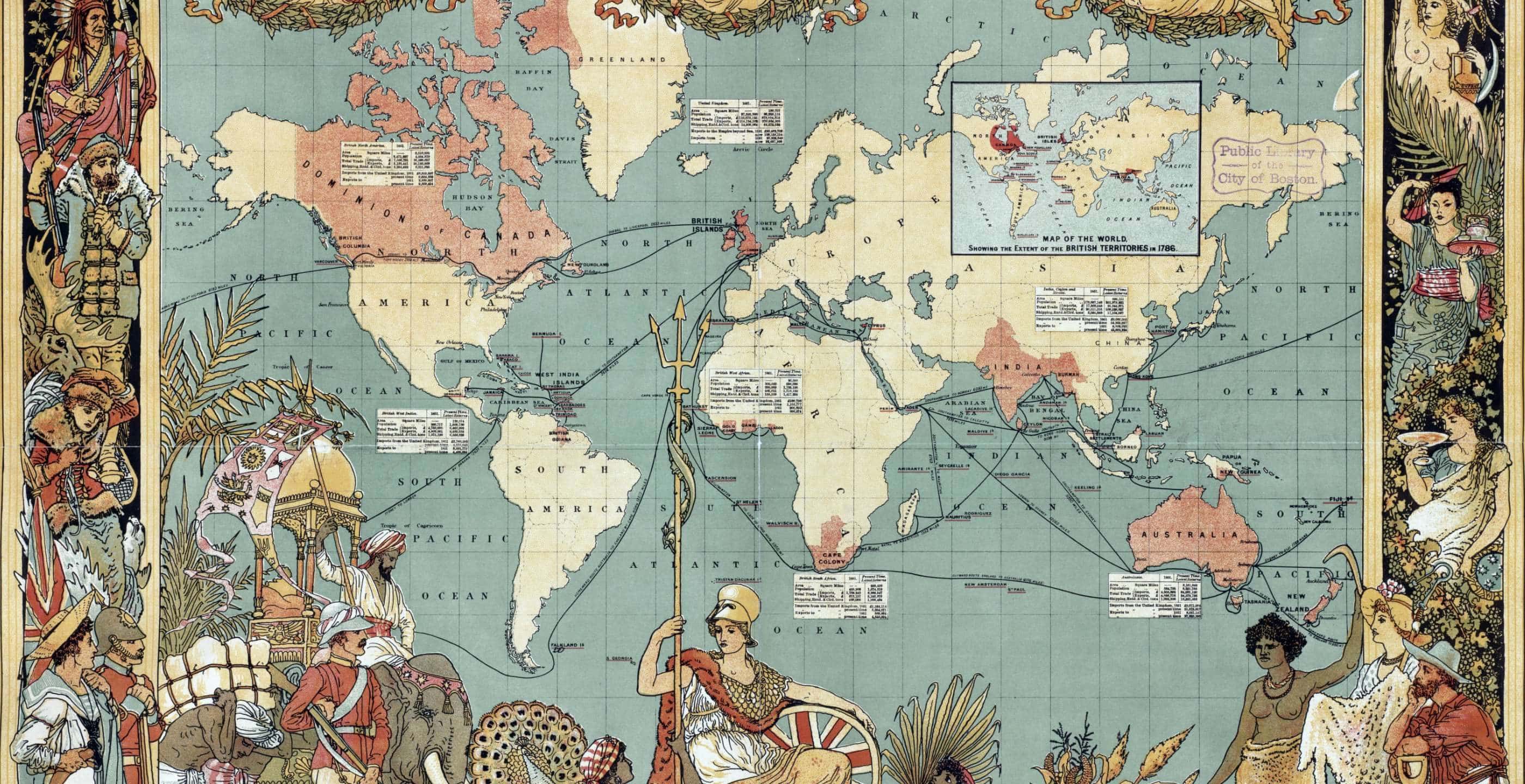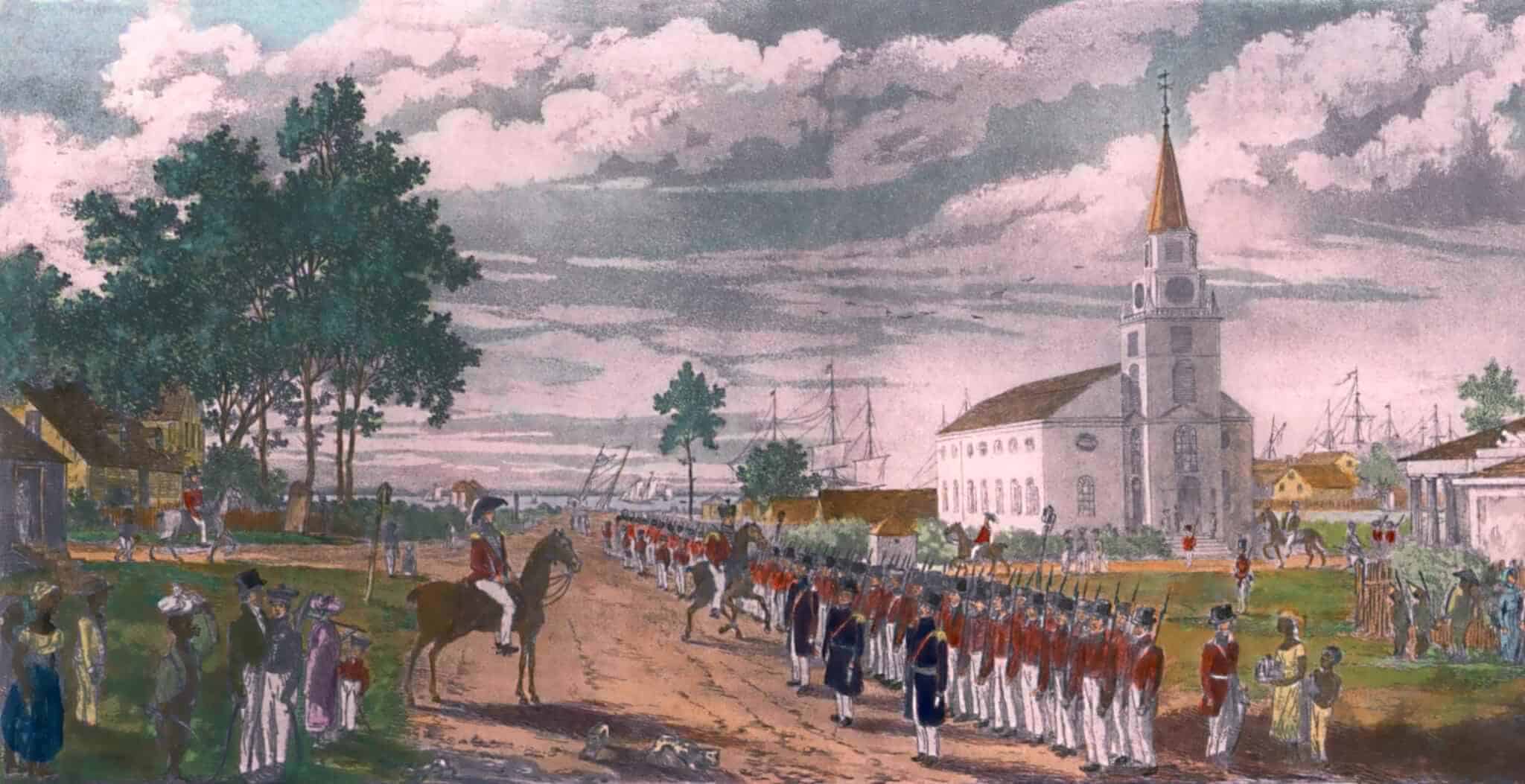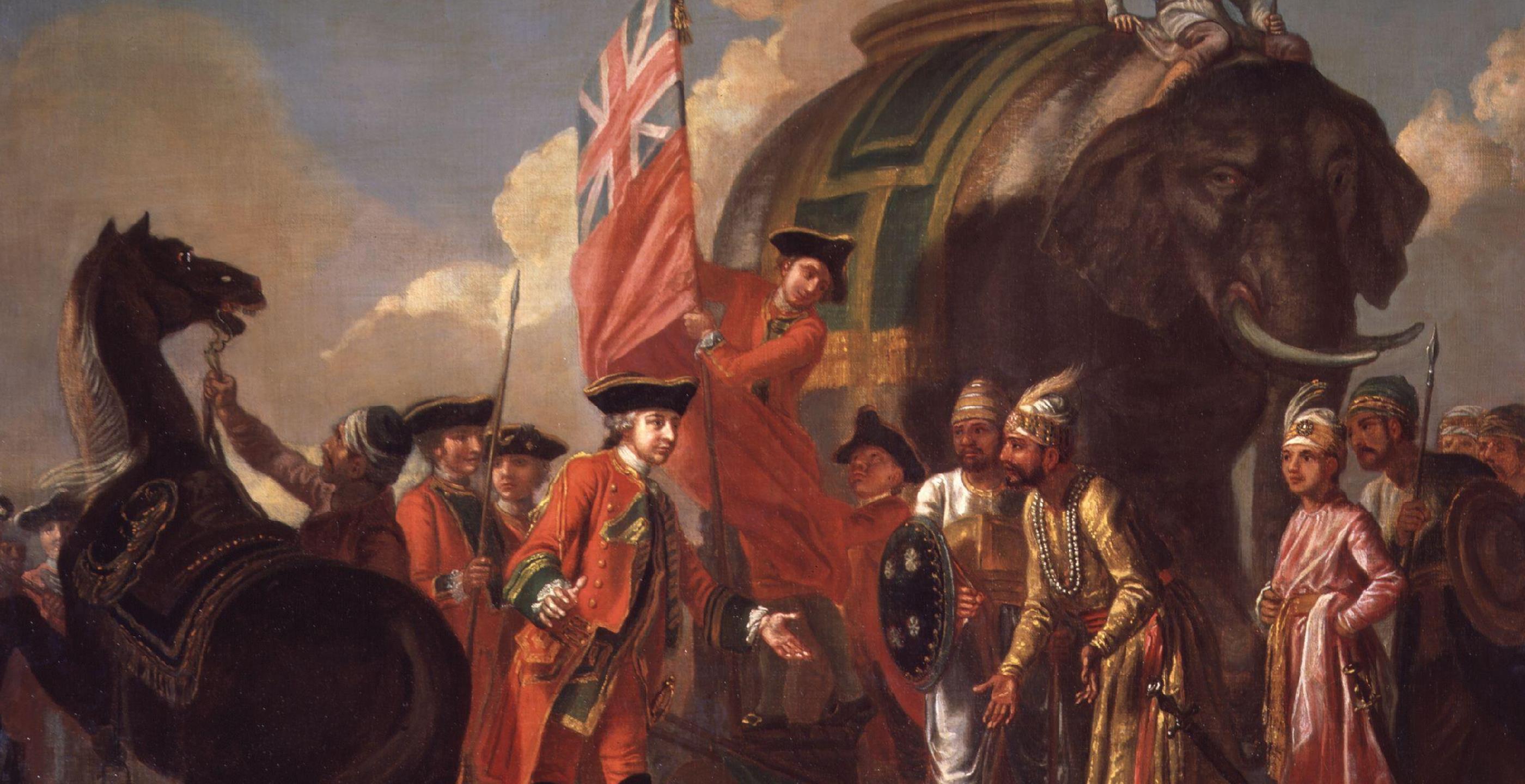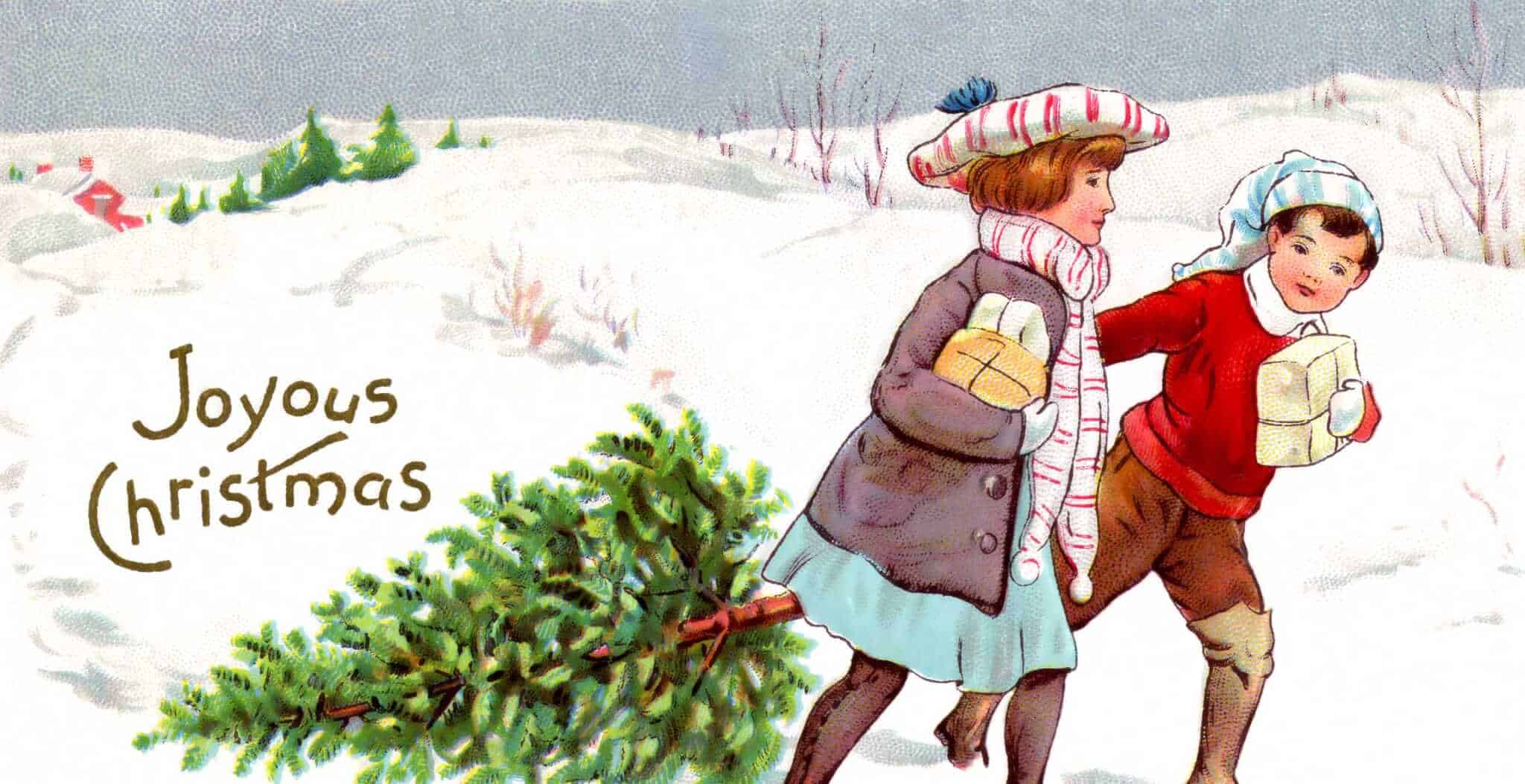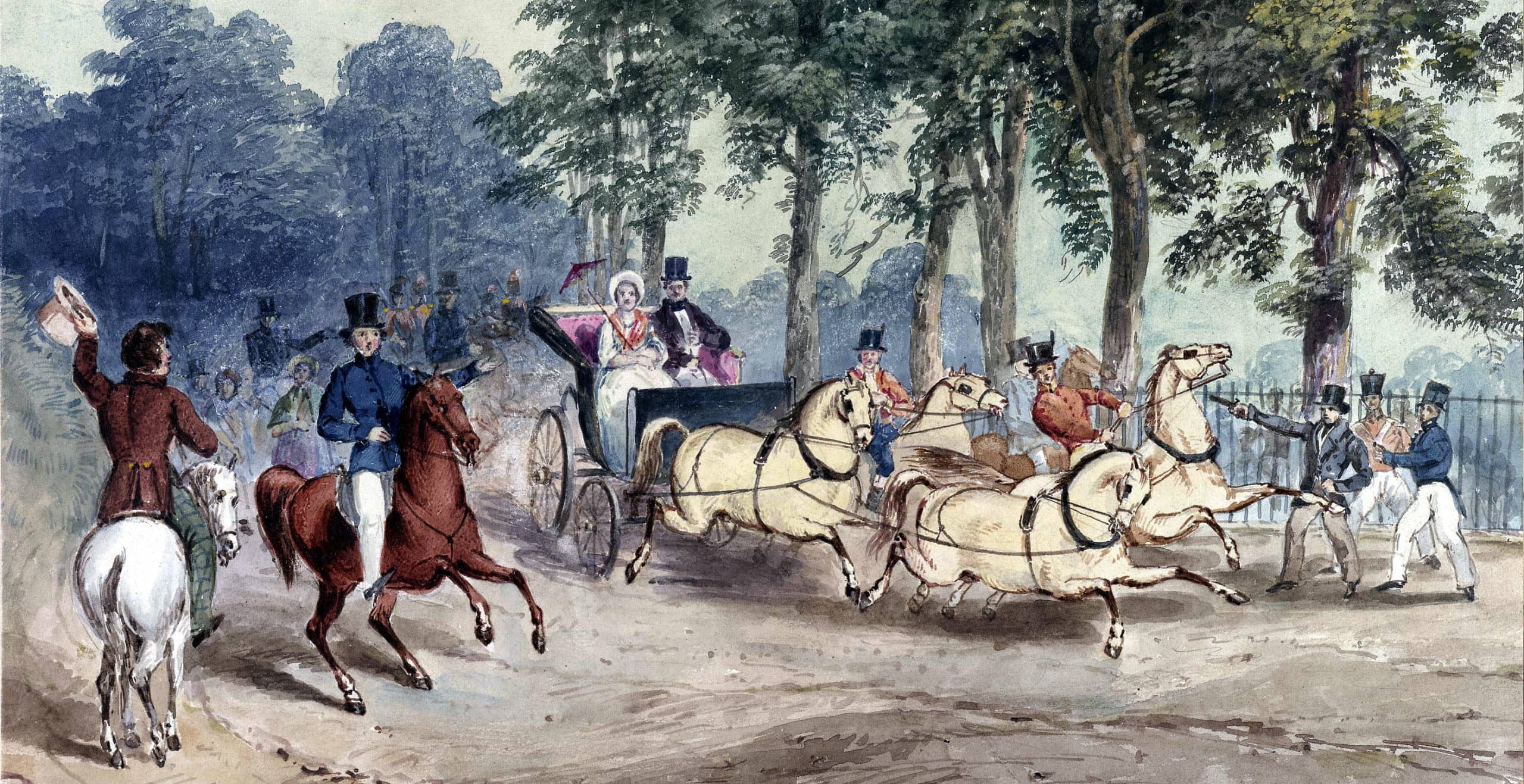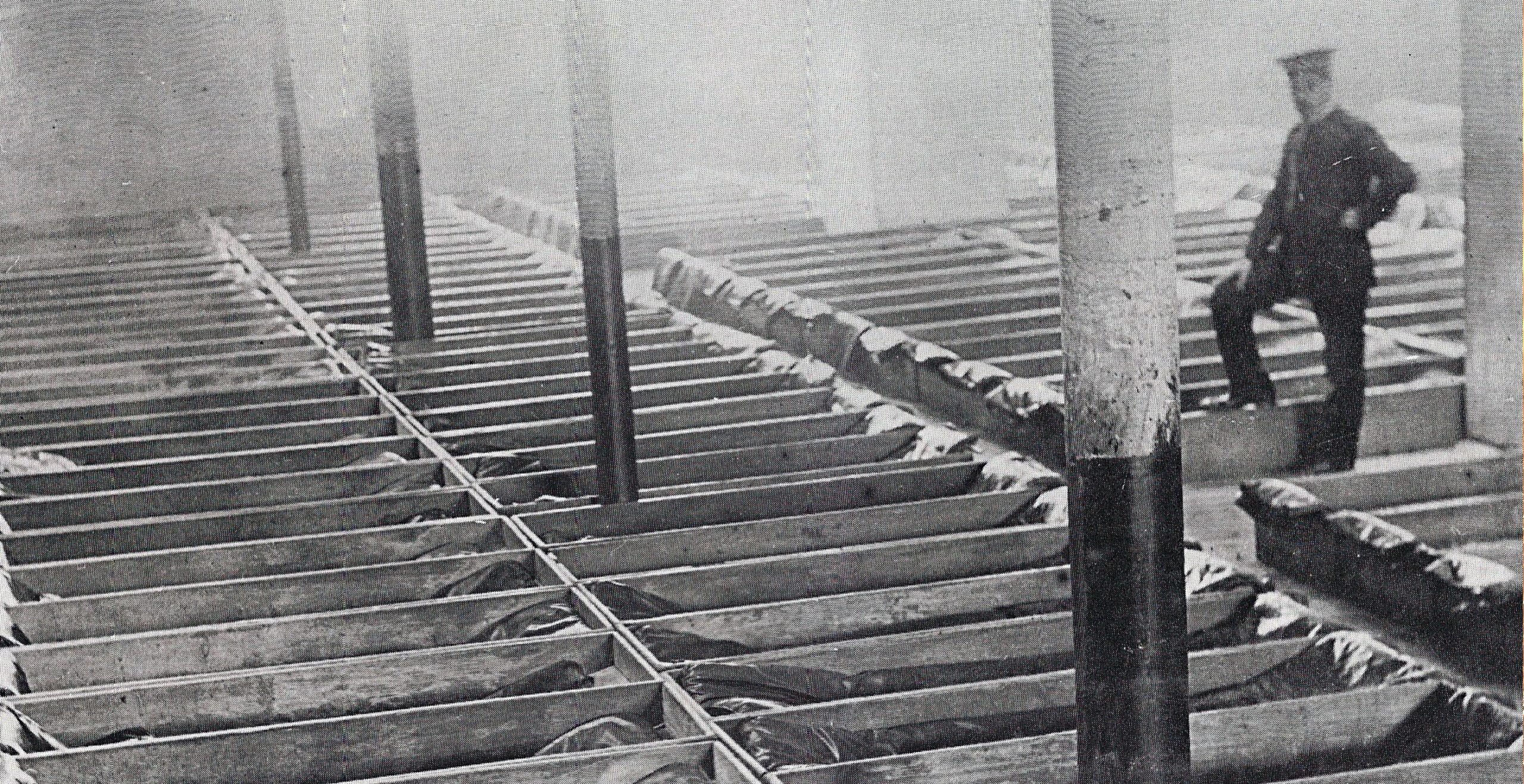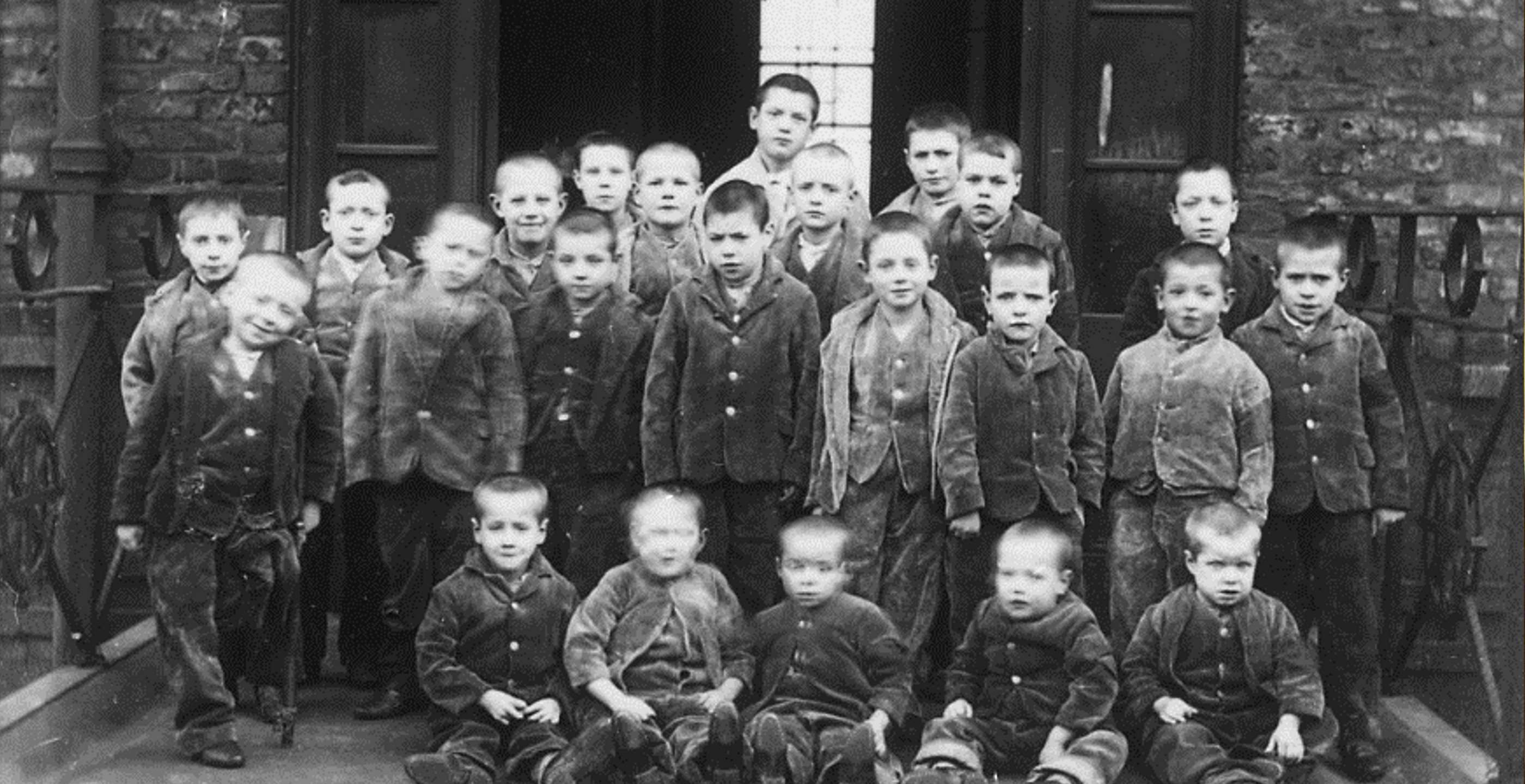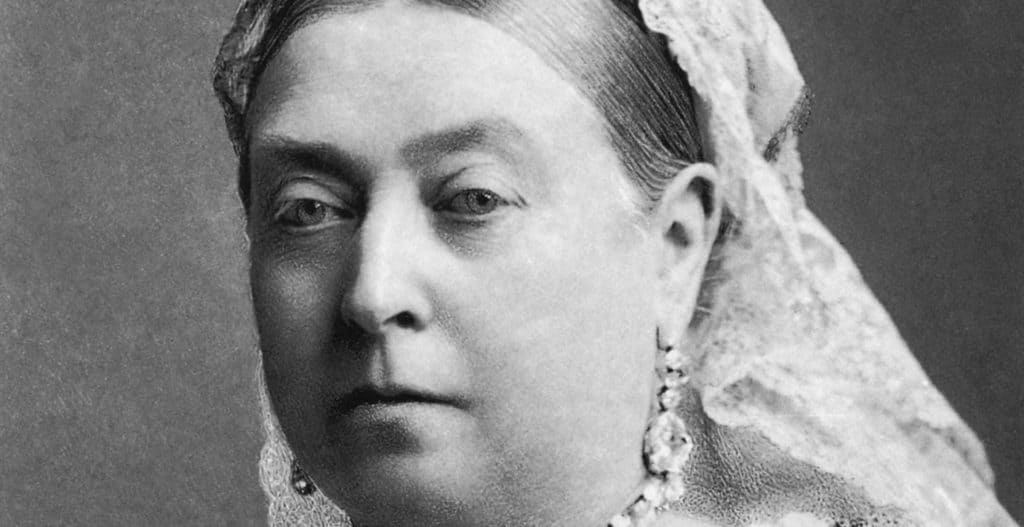This year 2019 will mark the 200th birthday of England’s most notable and distinguished royal of the nineteenth century, Queen Victoria. Her legacy spread throughout Britain and influenced the numerous colonies of the British Empire both politically and culturally during her reign. In Canada, she has been immortalized as the proverbial name found plated on street signs, buildings, statues and parks from coast to coast. As a tribute to Queen Victoria’s 200th birthday, this article will survey the reasons why this nineteenth century royal is so special to Canada and how she became known as the Mother of Confederation.
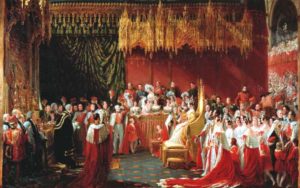
Born on May 24th 1819, Victoria was fifth in line to the throne until the moment of realization when her uncles had not succeeded in producing an heir. After the death of her uncle King William IV in 1837, Victoria became successor and Queen of England at 18 years old. At the same time of her coronation, Canada was suffering from rebellions within Upper and Lower Canada between 1837-38. According to “Queen Victoria” from The Canadian Encyclopedia written by Alan Rayburn and Carolyn Harris, Queen Victoria offered the Amnesty Act in honour of her coronation, which was a pardon for those involved in the rebellions of 1837-38. Although relations within Canada were tense, her correspondence with Canadian leaders and British officials aided in relieving such problems from escalating.
By the early 1860’s, political leaders were hoping to bond the separate provinces together to make a more unified country. In reference to The Canadian Encyclopedia, delegates from the Province of Canada (Ontario) sailed on the Queen Victoria steamship in 1864 to the Charlottetown Conference in Prince Edward Island. This conference discussed the proposal of the British North American union to the Atlantic colonies. In 1866 the Fathers of Confederation headed to London to discuss their proposal within several conferences. According to Canada’s Evolving Crown: From a British Crown to a “Crown of Maples” written by Scott Romaniuk and Joshua Wasylciw, the final series of conferences in 1867 saw resolve and the Fathers of Confederation were granted the British North American Act by royal assent from Queen Victoria. Romaniuk and Wasylciw stated that Sir John A MacDonald was quoted in saying he intended to “declare in the most solemn and emphatic manner our resolve to be under the sovereignty of Your Majesty and your family forever”.
During the same year of 1867, Queen Victoria made the wise decision of choosing Ottawa as Canada’s capital. Although there were several other cities that were more popular at the time, Victoria believed that Ottawa would be a more strategic choice as it was far enough away from any potential American threats and was situated in the middle of English and French Canada. It’s also noted by Raybun and Harris that a confederation would create a stronger relationship with the United States. Although a new founded country, Canada was still strongly connected to the British Crown and remained a colony of Britain.
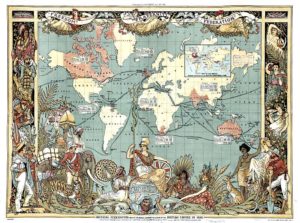
Based on the information given by The Canadian Encyclopedia, it is estimated that one-fifth of the world’s land mass became part of the British Empire and Dominions during Victoria’s reign.
It was not only her political influence that helped shape Canada but also her cultural influence. The nineteenth century was changing so much in science and technology that many advances and improvements were sweeping across the country. The Queen’s Land written by Carolyn Harris states her cultural impact spreading through various aspects of fashion, holidays and medicine. Victoria is best known for her influence of the modern wedding dress of white and lace. During the time of Victoria’s engagement, new bleaching techniques had been mastered, creating beautiful white dresses. Having not been seen before, Victoria chose a white dress not only to signify purity but also her status as queen.
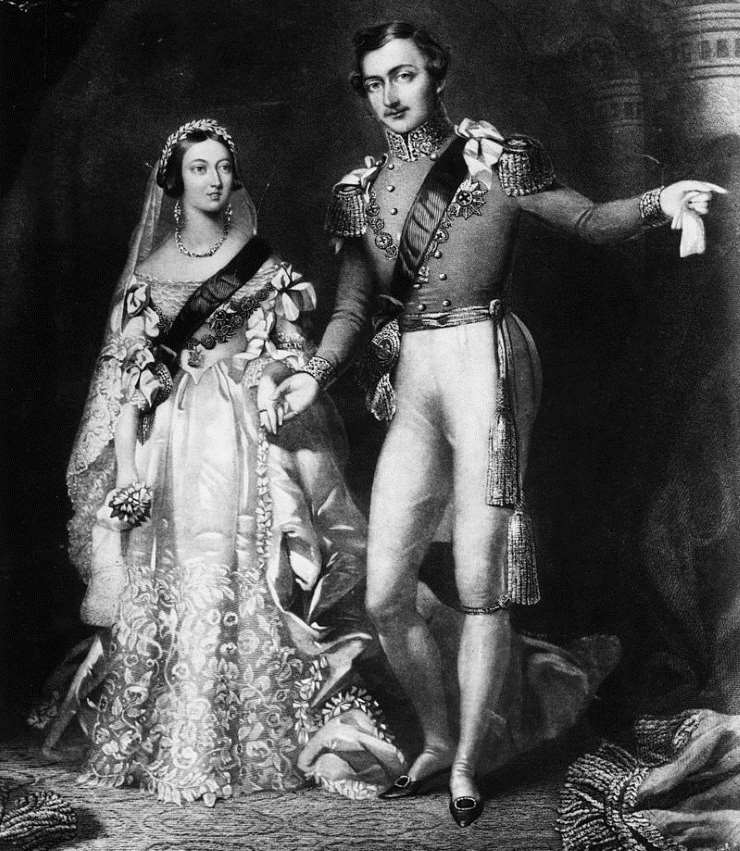
Thanks to her husband Prince Albert, family Christmas celebrations also transformed into what they are today, including the iconic Christmas tree, a common German tradition. In regards to medicine, Harris also mentions that Victoria popularized childbirth anaesthesia, which she used for the births of her two youngest children.
Despite the fact that Queen Victoria had never visited Canada herself, many royal visits have been made by her children including Edward Prince of Wales (King Edward VII) in 1860. Rayburn and Harris make mention of her son-in-law Lord Lorne, being greeted as the “great brother in law” by First Nations communities during his visit across the prairies in 1881. Since 1845, the Province of Canada (Ontario) has been celebrating Queen Victoria’s birthday and by 1901 the day became a permanent statutory holiday to honour her role as “Mother of Confederation”.
Today, Queen Victoria’s legacy still remains amidst the country’s history and bountiful land. Her name can be found throughout Canada’s cities, streets, parks and architecture; a constant reminder of Canada’s beginning and royal connection. According to Harris there are at least ten statues of Victoria standing in prominent places throughout the country. Victoria Day falls each May on the weekend before May 25th and is most commonly known as May two-four weekend. This holiday not only celebrates the birth of the Mother of Confederation but also signifies the coming of summer and cottage season; a warm and welcoming holiday for Canadians.
By Brittany Van Dalen, British historian and Canadian.
